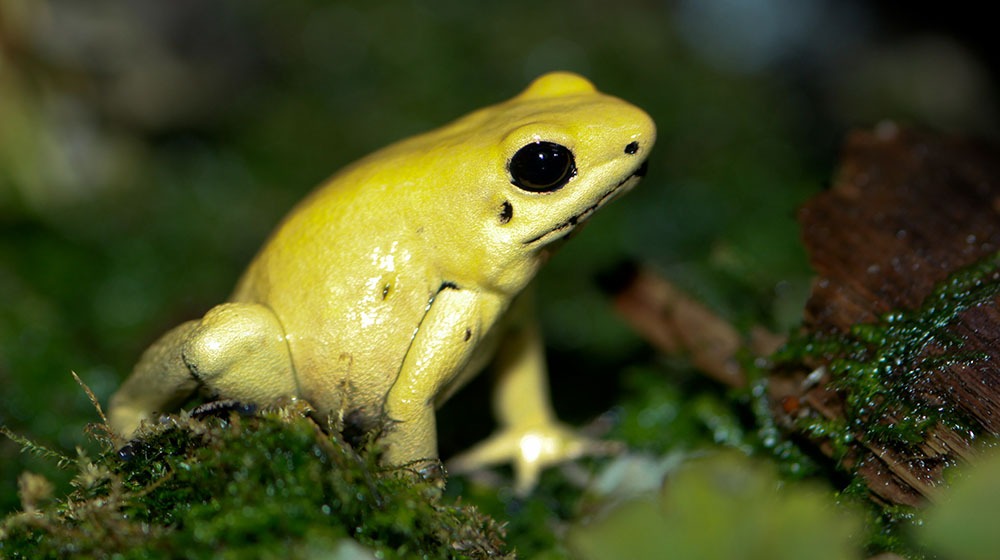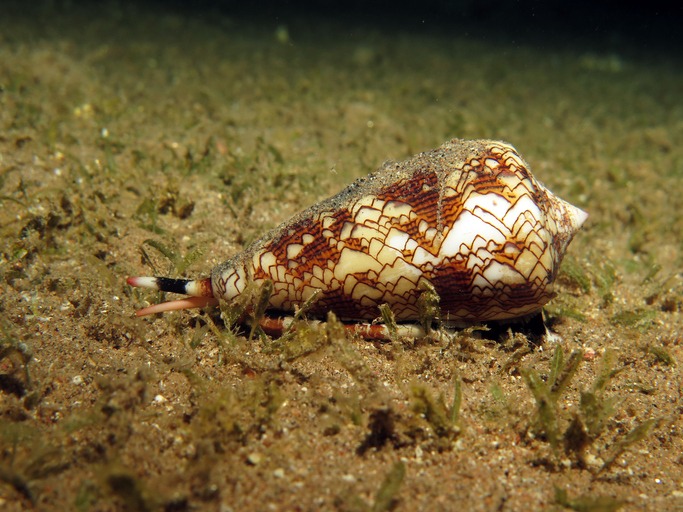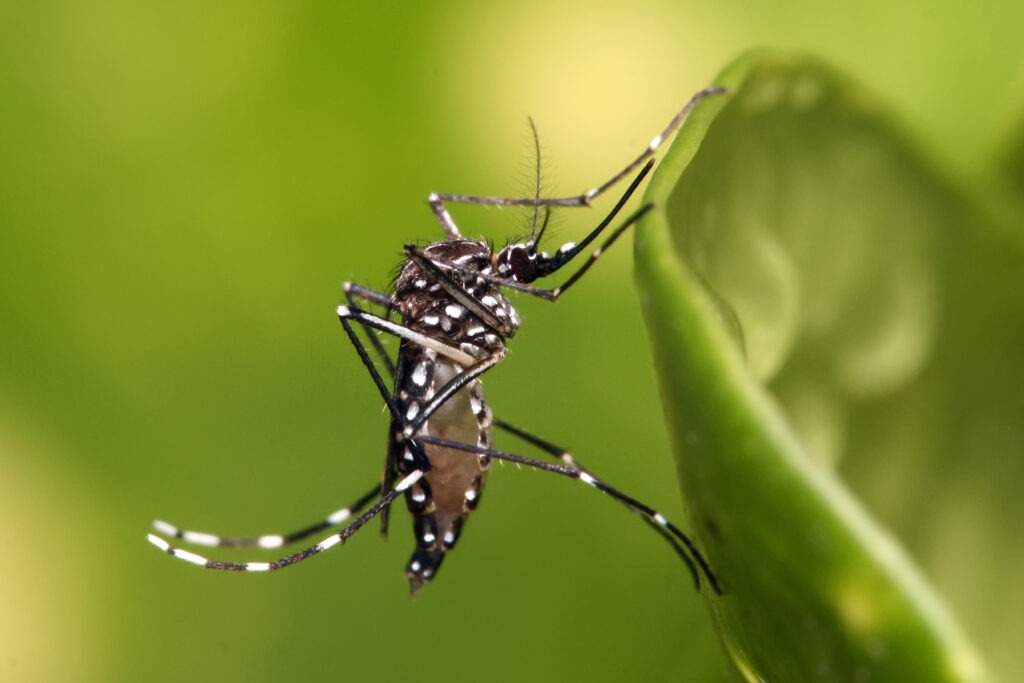The Earth is home to over one trillion species. Some of these species can be docile, while some are predatory. There are more species on our planet that are gentle and harmless, but beware, some of the most dangerous animals can fool you into thinking that they are kind, but they are actually quite vicious because of their methods of killing their prey or target.
This is the list for some of the deadliest animals on Earth. Omitted in this list are the obviously deadly animals like venomous snakes and crocodiles. However, the animals on this list are the ones that may not look dangerous, but they actually are, and they may even be deadlier than the ferocious animals that are bigger than them.
Box Jellyfish
Found in the waters of northern Australia, this poisonous jellyfish approximately has 15 tentacles that contain thousands of nematocysts, which can poison the skin, the nerves, and the heart. Just one touch from these tentacles can automatically transfer the jellyfish’s toxin to the skin, and this toxin can immediately go to the nervous system.
Many people don’t die from the toxin itself; instead, they usually drown because of the shock their body experienced after being stung by the jellyfish. The shock often causes immediate heart failure, which can be fatal and can lead to the death of the victim even before being administered with an antivenin.
Pufferfish
The pufferfish is typically eaten as a dish in Japan called fugu, but only the most experienced licensed chefs are allowed to prepare and cook the fish because they are the ones able to remove the powerful poison that is found within its body.
The poison in the pufferfish’s body is called tetrodotoxin, a neurotoxin that is contained in its liver, kidneys, gonads, and skin. These body parts are discarded by chefs during preparation to avoid poisoning their customers while eating fugu.
However, no matter how careful the chefs are in preparing fugu, there may be some tetrodotoxin that is still present in some edible parts of the fish, which often results in numerous accidental deaths in Japan. Research suggests that deaths in pufferfish occur more in restaurants than actually encountering the fish in the sea.
Golden Poison Dart Frog
The beautiful golden skin of this animal may be attracting to touch, but feeling the golden poison dart frog’s skin might be the biggest mistake that you’ll even make once you encounter this in Colombia’s rainforests.
Its skin contains batrachotoxin, which is a very powerful poison that can kill adults in a matter of hours or even minutes. Since its poison glands are located in its skin, it doesn’t need to bite you to inject poison in your body like venomous snakes, which is why those who are unwary that they are stepping on or a touching a poison dart frog may not even know what’s causing their body to severely ache after a few minutes.
The poison in the golden poison dart frog is so potent that during ancient times, the indigenous people in South America have applied the frog’s poison in the tips of their darts in order to kill their target with only using one dart, hence the reason why the deadly animal is called the “poison dart frog.”
Deathstalker
The deathstalker is a scorpion living in the deserts of the Middle East and North Africa. The scorpion got its name because of how it stalks its stings its prey without even knowing that the victim has already encountered its predator.
The dose of the deathstalker’s venom is quite low, so a healthy adult would not be killed by it, although there are still some painful effects suffered by its victim like pancreatitis, the inflammation of the pancreas.
The effects of the venom on children are much worse as their body systems are not even fully developed and equipped to fight harmful elements. One of the illnesses contracted by children after being stung by the deathstalker is anaphylaxis, an allergic reaction to venom that can be healed by taking antihistamines and being injected with epinephrine. Children can also die from being poisoned by the deathstalker if they develop pulmonary edema, which is the accumulation of fluid in the lungs that can cause respiratory failure.
Cone Snail
Similar to the poison dart frog, the cone snail is a sea creature that may look small and harmless, but it can kill animals and humans that are bigger than its shell.
Since they are slow and tiny, they will have a hard time hunting for food through normal means like waiting for prey and biting it immediately. However, what they do to get food is that they shoot their unknowing prey with a harpoon laced with a poison called conotoxin. This toxin can then destroy the nervous system of the victim, making them unable to move, and once they are paralyzed, the snail will slowly reach its body and eat it.
Blue-ringed Octopus
Another sea creature like the cone snail, the blue-ringed octopus got its name from the tiny blue rings that are found all over its body. The blue-ringed octopus is 5 to 8 inches in size, and they will only attack if it is threatened or provoked since the animal is relatively calm and would often stay in coral reefs or underneath rocks to hide from predators.
The venom that is found in their mouth is tetrodotoxin, which is the same poison that the pufferfish possess. A single blue-ringed octopus has sufficient toxin to poison up to 26 humans and kill them within five to ten minutes. Once a human is bitten by the octopus, he or she will be paralyzed and will subsequently suffer from respiratory failure that could sometimes lead to death.
However, since they are docile, the octopus will usually run away from the ones who provoked it first before biting the pursuers if they keep following the animal. Once it is provoked, the octopus’ blue rings will start to brighten in color, and other parts of its body will turn to pale yellow. If ever you see a blue-octopus while diving or snorkeling, it is best that you don’t approach it to avoid being bitten.
Flamboyant Cuttlefish
Scientifically named metasepiapfefferi, the flamboyant cuttlefish is known not only for its body that changes colors but also for its potent toxin.
Its venom is reported to have 1000 times the potency of cyanide, and it is found in the muscle tissues and the flesh of its body. Similar to the blue-ringed octopus, the flamboyant cuttlefish’s body will flash bright colors of yellow, white, and brown once they are provoked. Research suggests that the flamboyant cuttlefish flashes different colors to signal to its predators that it is poisonous.
Because of its amazing function to show various colors in its body, this species of cuttlefish is often found in water parks and public aquariums, although they are out of reach from visitors. One of the public aquariums that showcase the flamboyant cuttlefish’s beauty is the Monterey Bay Aquarium located in California, USA.
Blue Dragon
The blue dragon slug, also known as blue glaucus, blue sea slug, blue angel, and sea swallow, is a species of sea slug often found in the waters of Australia, South Africa, and Europe.
This slug is famous for its bright blue body and its three appendages that look like wings. Unlike most sea slugs that move below the bodies of water, the blue dragon has a sac in its stomach that is filled with gas to make it float and swim at the surface. However, the dragon swims upside down because of the awkward placement of the gas sac in its body. The bright blue color that it shows at first glance is actually the color of its feet, and once you turn the slug upside down, the dorsal section of its body is usually made up of silver, black, and gray colors.
The blue dragon’s favorite prey is the Portuguese man o’ war, a marine hydrozoan that has numerous tentacles that can inject venom to its prey and predators. However, the blue dragon developed an extraordinary ability to make itself immune to the hydrozoan’s poison while also allowing them to store the prey’s toxins in its body. The venom that it collects after eating many Portuguese men o’ war is used to kill bigger predators.
LonomiaObliqua
Lonomiaobliqua is the scientific name for a species of giant silkworm moth that is found in South America. While the other species in its family are famous for its moth form and the intricate designs of their wings, the lonomiaobliqua’s caterpillar form is much more popular than its winged incarnation because of its interesting defense mechanism.
While the plant-like hairs around its body are quite stunning to look at, you should prevent yourself from touching the bristles as it can inject deadly venom. The venom that it produces in its body is so dangerous that the caterpillar is accountable for numerous human deaths in the wilderness of Brazil.
What its venom does to the human body is disseminated intravascular coagulation, a condition wherein blood clots quickly form in the blood vessels, causing these passageways to clog and preventblood cells from entering essential organs in the body.
Scientists are currently studying the components of the caterpillar’s venom to find out if they can reverse engineer its effects on the body, which can be helpful in finding a cure for blood clots and cell damage.
Tsetse Fly
The tsetse fly is considered as the Earth’s most dangerous fly because of the parasites that they spread in a human’s body by sucking his or her blood. The parasites that they inject to humans are called trypanosomes, and these parasites can cause a deadly disease known as the African sleeping sickness.
Symptoms of the sleeping sickness include headaches, fevers, itchiness in the skin, and pain in the joints of the body. After prolonged exposure to the parasite, the infected human will start experiencing dizziness and numbness that can often cause insomnia.
Currently, scientists have not yet discovered medicines and vaccines to stop the infection from spreading in the body, which is why some people who are afflicted with this disease are dying since there is no cure for the sleeping sickness. However, there have been many procedures used in order to prevent humans from being touched by the tsetse fly. These procedures include wearing clothes that are coated with permethrin (an insecticide) and are neutral in color like gray or brown since bright colors allure tsetse flies.
Moreover, since these flies are attracted to bright colors, people have been building tsetse fly traps made of cloth that is bright blue in color and are laced with insecticide.
Mosquito
The mosquito is another deadly insect that may be even more dangerous than the tsetse fly not only because of their smaller body size that makes them harder to kill one by one but also because of a handful of diseases that this insect may carry.
One of the diseases that the mosquito can carry is malaria, an infectious illness caused by the malaria parasite that gets inside a person’s body once a mosquito sucks that person’s blood. Symptoms of the disease include headaches and fever that result in constant vomiting, and once the malaria parasite begins multiplying by thousands, they may eventually go to the person’s brain and cause seizures and coma that can subsequently lead to death.
On the other hand, the disease that some mosquitoes carry that led to millions of death per year is the dengue fever, an illness caused by the dengue virus. The dengue fever has almost the same symptoms as malaria during its early stages, but the dengue virus also causes red skin rashes from appearing in different parts of a human’s skin. Prolonged vulnerability to the dengue virus results in severely low blood pressure or low blood platelet levels.
A vaccine has been developed for dengue fever and is now available in a few countries, but the vaccine only works for those who have been infected by the dengue virus before.


